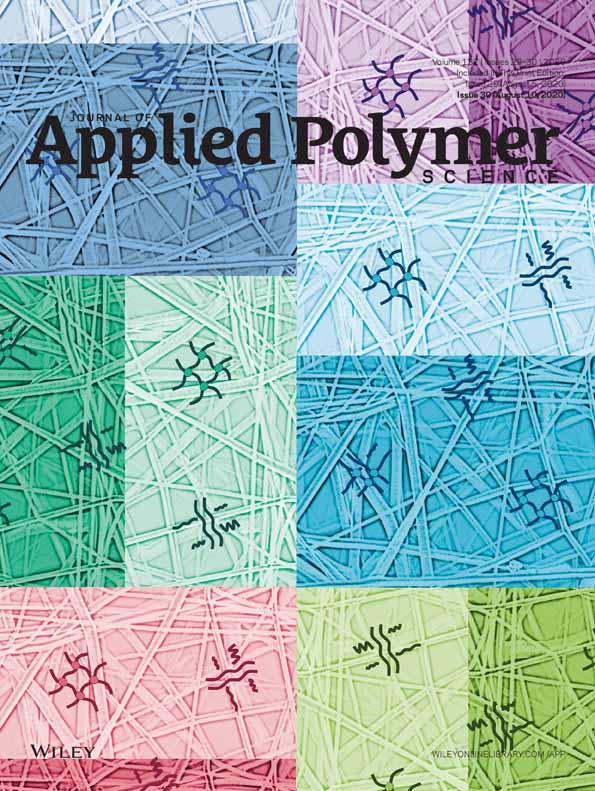Fabrication and evaluation of controllable core/shell magnetic molecular imprinted polymers based on konjac glucomannan for trichlorfon
ABSTRACT
By combining the controllable core/shell strategy with graft copolymerization of polysaccharides, controllable core/shell magnetic molecularly imprinted polymers (MIPs) based on konjac glucomannan for selective recognition and enrichment of trichlorfon were fabricated and evaluated. By varying the dose of the polymeric precursors, the shell thickness of the core/shell structure could be regulated over a wide range. The magnetic nanoparticles encapsulated by polymers still had high magnetic performance and could be easily separated by an external magnetic field. The results of adsorption experiments showed that the MIPs could specifically recognize and adsorb trichlorfon with excellent selectivity, repeatability, and stability. The adsorption isotherm of MIPs could be fitted by the Langmuir equation. In addition, magnetic MIPs have been successfully applied to the detection of trichlorfon in real samples. Eco-friendly MIPs would be particularly suitable for the enrichment and separation of pesticide residues in food samples. © 2019 Wiley Periodicals, Inc. J. Appl. Polym. Sci. 2019, 137, 48910.




